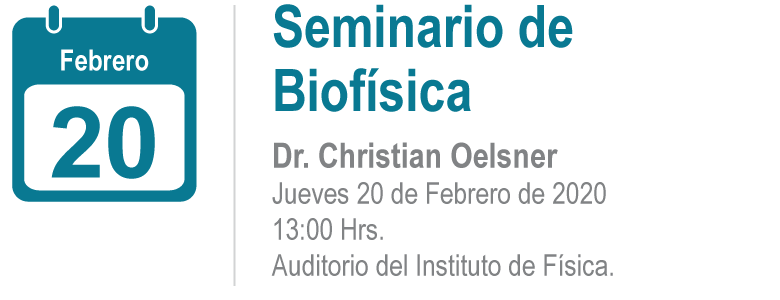
Christian Oelsner, Eugeny Ermilov, Felix Koberling,
Matthias Patting, Marcus Sackrow, Michael Wahl, Rainer Erdmann
PicoQuant GmbH, Rudower Chaussee 29, 12489 Berlin, Germany
Esta dirección de correo electrónico está siendo protegida contra los robots de spam. Necesita tener JavaScript habilitado para poder verlo.
Combination of steady-state and time-resolved luminescence measurement methods is a most valuable and
powerful tool to investigate the photophysical properties of different classes of molecules and molecular
systems, nanoparticles and QDs, polymers, semiconductors, solid-state and biological systems. In recent years,
the study of luminescence properties has become more and more important in many scientific fields, including
Chemistry, Biology, Physics, as well as in Life, Materials or Environ mental Sciences.
The investigations to be carried out in each of these fields impose different requirements. On one side,
monitoring dynamic processes in excited states implicit high time resolution that can be achieved by picosecond
pulsed lasers and fast detectors and scanner along with appropriate time-correlated single photon counting
(TCSPC) units and suitable detectors. On the other side, high spectral and spatial resolution is desirable for
characterization of different materials, which requires detectors with high quantum efficiencies, lasers in burst
mode for phosphorescence measurements, double monochromators and Piezo scanner for small scan steps and
high resolution.
On one hand spectrometers, such as the FluoTime300, equipped with picosecond pulsed lasers, which also
capable to operate in a burst mode, fast hybrid detectors and high end TCSPC cards with optional long time
range modes offer a combined solution for most of needs like high time and high spectral resolution. Additional
equipped with double monochromators even samples with a very high scattering contribution can be studied
with extreme sensitivity. Furthermore, an Instrument Response Function (IRF) of 55 ps (FWHM) can be
achieved by using the subtractive mode of the emission double monochromator and very short fluorescence
lifetimes of even below 10 ps can be resolved.
On the other hand, the combination of microscopic techniques with time-resolved luminescence detection is a
valuable and powerful toolbox to investigate photophysical properties not only of different classes molecular
systems, but also semiconductors, nanoparticles and QDs, polymers, solid-states as well as nano structures.
Understanding of both photophysical processes as well as structure-property relationships are important steps
toward optimization of properties and efficiencies in practical applications.
Finally, the coupling of a spectrometer in terms of time resolution, spectral resolution and the ability to measure
long decays with a confocal microscope enables the detection of time-resolved emission spectra at distinct
microscopic positions of the sample.











